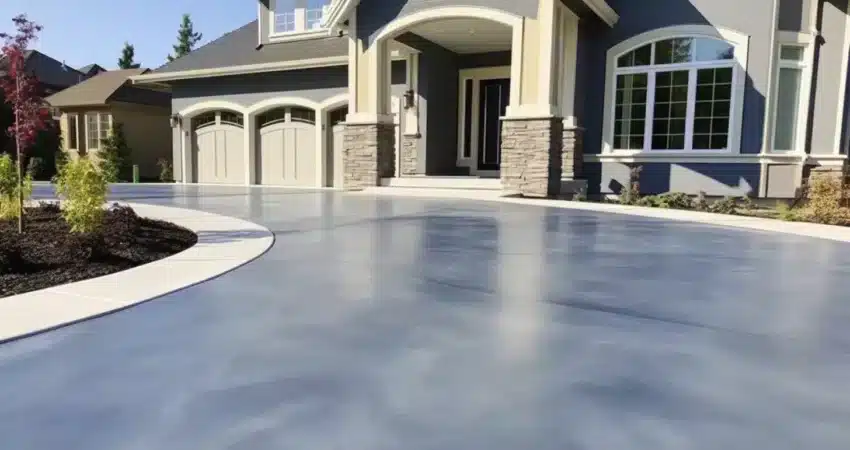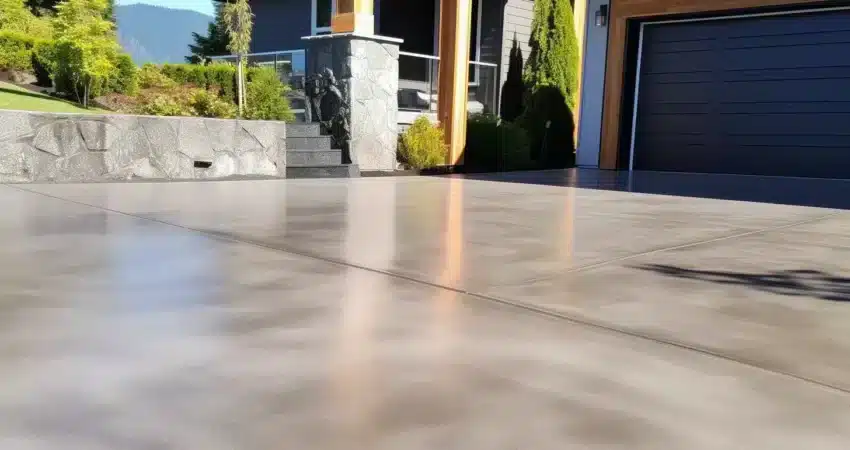Introduction Cementitious grouts are essential for various construction applications, providing strong and durable connections between various elements. In this comprehensive guide, we'll cover the key steps and best practices for applying cementitious grouts, from surface preparation to curing. Surface Preparation…


Application procedures for epoxies include, but are not limited to: ASTM C-881 is the standard specification for two component epoxy adhesives. Type Type refers to the exposure: Type I: Non-load bearing, bonding hardened concrete to hardened concrete. Type II: Non-load…

Cure & Seal Application Procedures Application procedures for cure and seal products include, but are not limited to: SpecChem curing and sealing compounds improve concrete hydration, protect concrete surfaces, improve durability, and enhance concrete appearance. When used for curing, cure…

Surface Preparation Surfaces to be grouted should be clean and free from rust, dirt, grime, oil, curing compound and any other contaminants that will inhibit the bond of the cementitious grout. Determine method of placement and form area to be…

Preparation Concrete Substrate Cleaning, roughening, and presoaking the concrete substrate with water for 18-24 hours are essential steps to be taken before placing grout. Cleaning and roughening will insure a proper bond of the grout to the substrate. Presoaking the…

Application procedures for liquid floor hardeners include, but are not limited to: SpecChem liquid hardeners are typically used to harden and dust proof any concrete surface. Although not compliant to ASTM C-309 as a membrane forming curing compound, SpecChem floor…

Application procedures for curing compounds products include, but are not limited Water-based curing compounds should be thoroughly agitated prior to application. Do not mix with a high speed mixer. Most curing compounds will have to be removed prior to applying…

Concrete spalling is the process of flaking or chipping of the surface of concrete. This typically occurs when the concrete is exposed to freezing and thawing, or when it is subjected to heavy impact or wear and tear. Concrete spalling…

Hot Weather Grouting As the grout temperature approaches 30°C (85°F) the working time of the grout will be approximately one half of the working time at 20°C (70°F). At 30°C (85°F) and above, placement may become very difficult and steps…

Concrete sealers serve a very necessary purpose in the beautification and protection of concrete surfaces. The following is a list of guidelines that should be followed when applying membrane forming sealers. Surface Preparation: All surfaces to be sealed MUST be…
